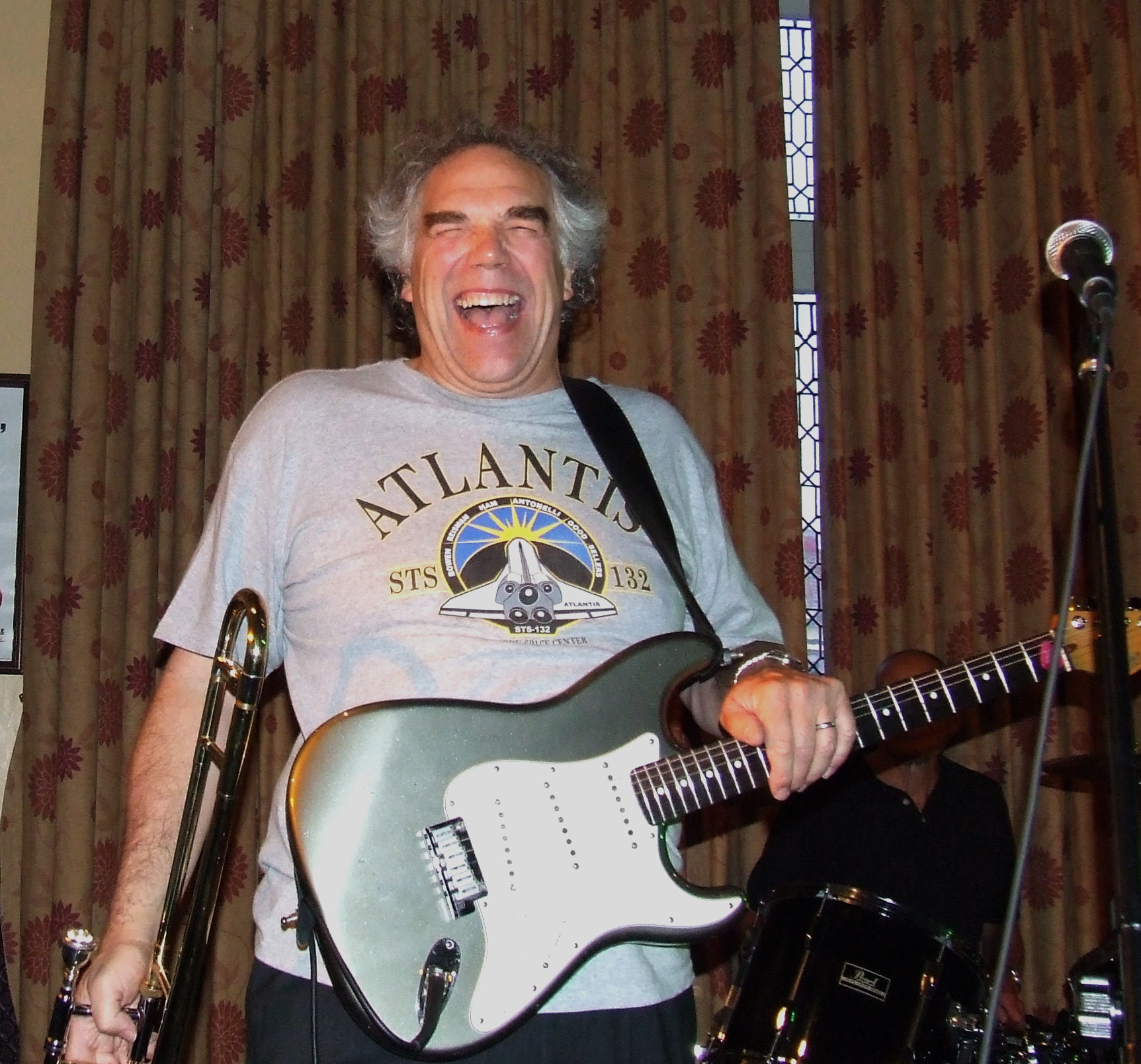

Reference details
| Author(s) | Year | Title | Reference | View/Download |
|---|---|---|---|---|
Les Hatton | 2009c1 | Airgun array and depth transponder signatures as they might be heard by odontoceti | WEB | Hatton_Sim_v15-02-2009.pdf |
Synopsis and invited feedback
Peer review is important and acquiring competent reviewers is becoming a major problem for the journals today so I will be very happy to include constructive comment (positive or negative) with acknowledgement. If I am not competent to judge your commentary I will try and find somebody who is.
If you would like to provide feedback just e-mail me here.
| Synopsis | Invited Feedback | Importance (/10, author rated :-) ) |
|---|---|---|
| There is currently lots of debate about the effects of human introduced sound noises into the marine environment, specifically their effects on various species. Potential effects include interference with feeding habits, behavioural response and physiological harm.
To attempt to understand how an odontoceti like a porpoise might hear two of the most significant sounds used on ships (airgun arrays in seismic exploration and depth transponder pulses), I have simulated how these might sound to an echo-locating odontoceti from real deep-water recordings. The software and the actual .wav files are in the links below. The sounds are really interesting. | None yet | 10 |
Related links
| Related papers and links |
|---|
Auto-generated: $Revision: 1.63 $, $Date: 2020/01/25 16:18:09 $, Copyright Les Hatton 2001-




















